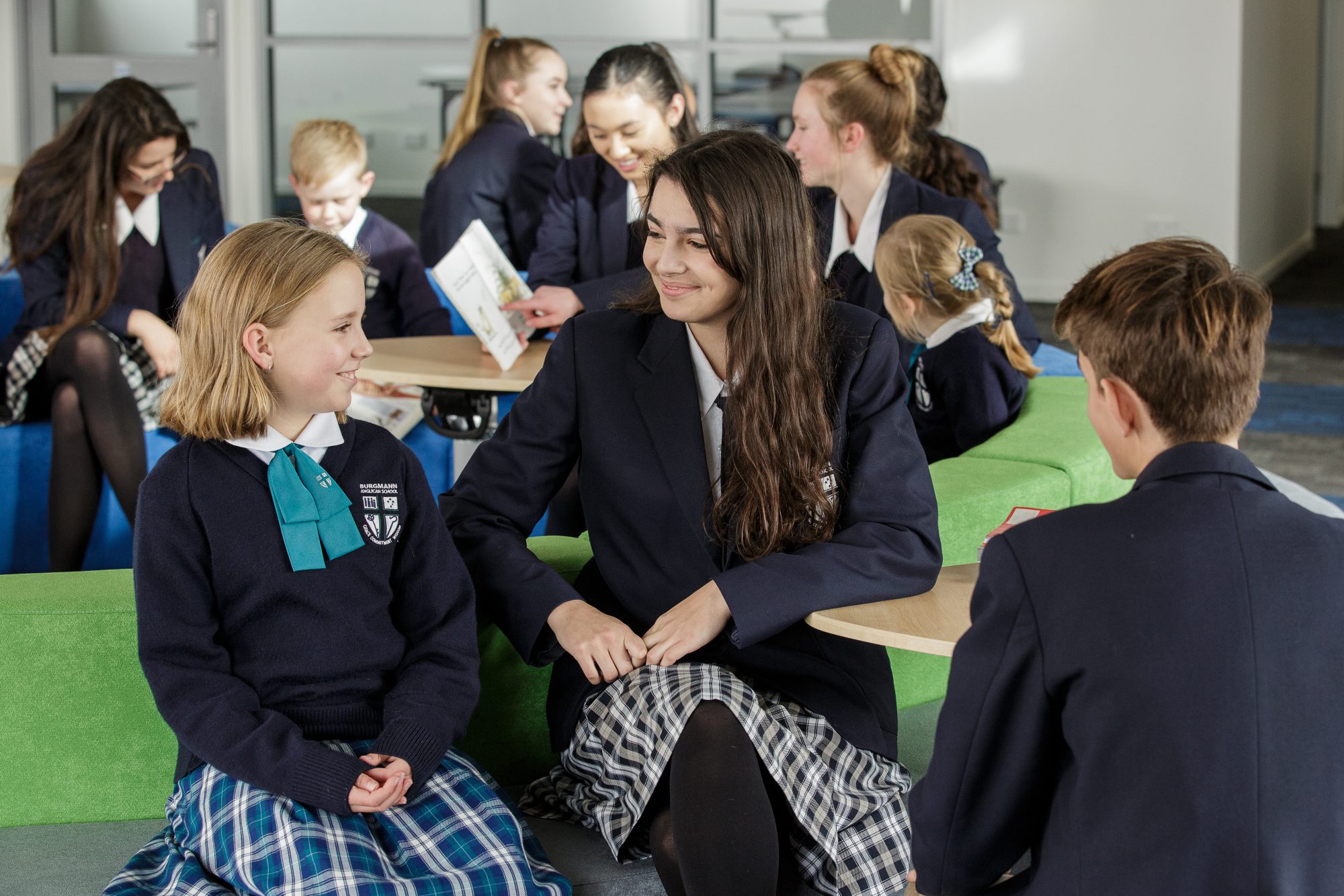

The U.S. and Utah state flags displayed in front of the
iconic Salt Lake Temple of the LDS church (Wikimedia
Commons |Pastelitodepapa).
(Flunking Sainthood, https://religionnews.com/2023/06/21/us-mormons-are-becoming-less-republican-but-not-by-much/?utm_source=ground.news&utm_medium=referral)

Source: https://www.pxfuel.com/en/free-photo-qmpdh.
(The Pillar, https://www.pillarcatholic.com/p/ireland-is-diversifying-says-dublin?)
 In 2019, among the nones in Switzerland, 67 percent reported themselves to be neither religious nor spiritual, but more than 26 percent considered themselves spiritual; in addition, there were 3.9 percent who claimed to be religious and spiritual, and 2.5 percent religious. Nearly 38 percent do not believe in God or in some superior power and 22 percent are agnostic, but 30 percent believe there is some superior power, while 9 percent of nones believe in one God. By contrast, more than 51 percent of religiously affiliated people in Switzerland believe in one God and more than 23 percent in a superior power. There is practically no difference in beliefs about reincarnation or the possibility of communicating with the dead among people with and without a religious affiliation. Thirty percent of the nones report using spiritual techniques such as yoga, Tai Chi or Qigong and nearly the same percentage are interested in personal development. In both cases, this is higher than the average interest of religiously affiliated people in such techniques.
In 2019, among the nones in Switzerland, 67 percent reported themselves to be neither religious nor spiritual, but more than 26 percent considered themselves spiritual; in addition, there were 3.9 percent who claimed to be religious and spiritual, and 2.5 percent religious. Nearly 38 percent do not believe in God or in some superior power and 22 percent are agnostic, but 30 percent believe there is some superior power, while 9 percent of nones believe in one God. By contrast, more than 51 percent of religiously affiliated people in Switzerland believe in one God and more than 23 percent in a superior power. There is practically no difference in beliefs about reincarnation or the possibility of communicating with the dead among people with and without a religious affiliation. Thirty percent of the nones report using spiritual techniques such as yoga, Tai Chi or Qigong and nearly the same percentage are interested in personal development. In both cases, this is higher than the average interest of religiously affiliated people in such techniques.
(The Swiss Federal Statistical Office’s report is available for download in German: https://www.bfs.admin.ch/bfs/de/home/aktuell/neue-veroeffentlichungen.assetdetail.25225675.html; and in French: https://www.bfs.admin.ch/bfs/fr/home/actualites/quoi-de-neuf.assetdetail.25225676.html)

Source: The Association of Independent Schools of the ACT.